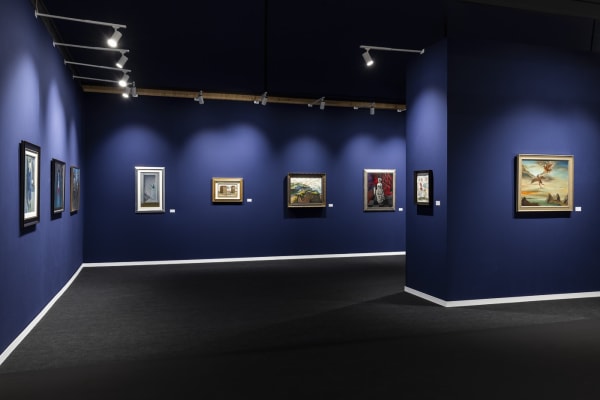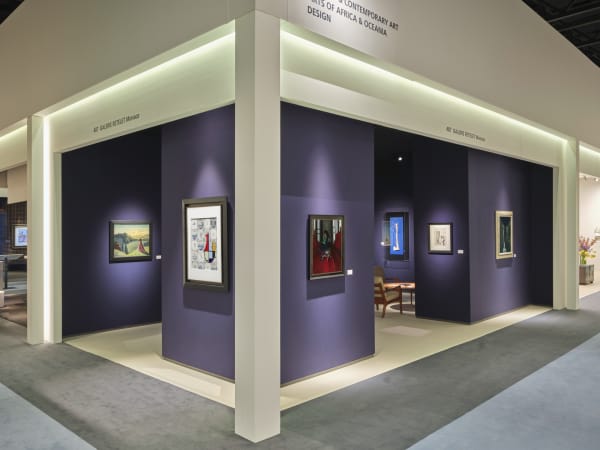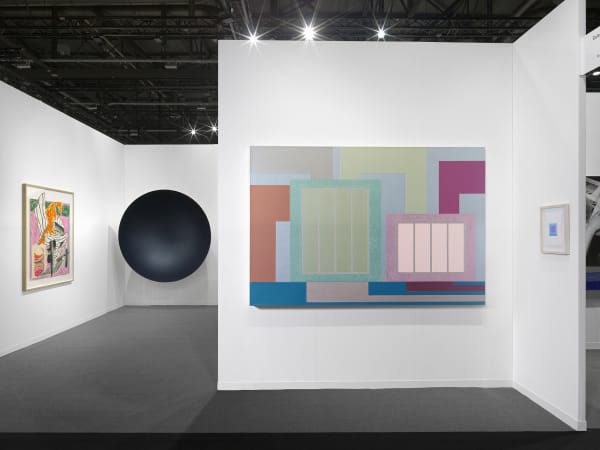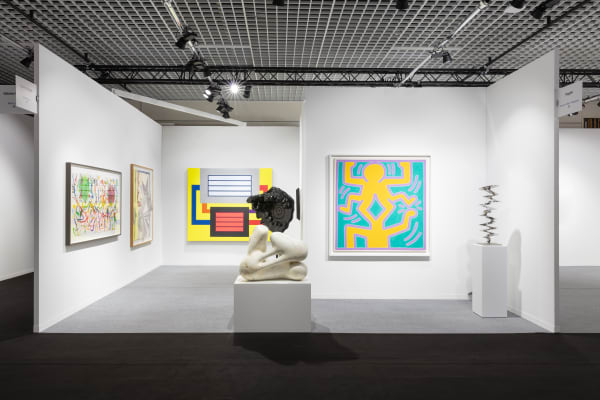Paul Delvaux Belgian, 1897-1994
Paul Delvaux was a Belgian painter known for his mysterious and dreamlike paintings that often combine elements of Surrealism and classical art. He was born on September 23, 1897, in Antheit, Belgium, and died on July 20, 1994, in Veurne, Belgium.
Delvaux showed an early interest in drawing and studied at the Académie Royale des Beaux-Arts in Brussels. Although he first painted landscapes and scenes influenced by Impressionism and Expressionism, his style gradually evolved toward a more personal and poetic form of Surrealism.
In the 1930s, influenced by artists such as René Magritte and Giorgio de Chirico, Delvaux began creating the enigmatic works for which he is best known. His paintings often depict nude or semi-nude women, classical architecture, trains, and empty streets, all arranged in quiet, dreamlike settings. These elements create a strange and timeless atmosphere, filled with mystery and emotion.
Unlike many Surrealists, Delvaux did not explore the unconscious through shock or absurdity. Instead, he sought to express a kind of lyrical dream world, where beauty, solitude, and silence coexist. His art evokes feelings of nostalgia and wonder, as if time has stopped.
During his long career, Delvaux exhibited internationally and became one of Belgium’s most celebrated artists. His works are housed in major museums around the world, including the Royal Museums of Fine Arts of Belgium and the Paul Delvaux Museum in Saint-Idesbald, which was opened in his honor in 1982.
Paul Delvaux continued to paint until late in his life, leaving behind a body of work that bridges reality and dream, classicism and surrealism. His art remains admired for its poetic stillness and its haunting sense of mystery.
-

ART PARIS 2024
The Surrealist activity 4 - 7 Apr 2024Read more -

TEFAF MAASTRICHT 2024
The Surrealist activity in Belgium 9 - 14 Mar 2024For TEFAF, the Galerie Retelet will be proud to propose a booth that shows an overview of the historical Surrealist activity in Belgium. The year...Read more -

ARTGENÈVE 2023
26 - 29 Jan 2023For the Edition 2023 of Art Genève, and its first appereance in the Fair, Galerie Retelet is pleased to present a booth gathering a great...Read more -

ARTMONTE-CARLO 2022
14 - 16 Jul 2022Read more


